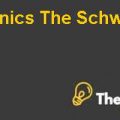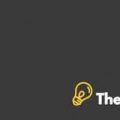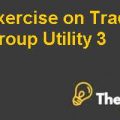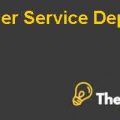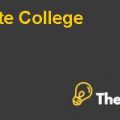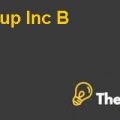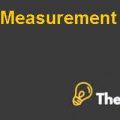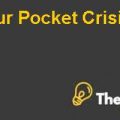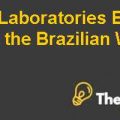Question Number 1
John and Roby would like to explore the ways in to structure the business and any key advantages and disadvantages:
There are five ways defined by John and Roby to structure their business and those ways are defined below.
1. Company:
The company carries on the normal course of business by selling goods or providing services. In the arrangement of company the owners have a limited liability and it is not necessary that owner needs to run the business by himself as the owners and managers of the company can be different persons. The owners limit their liability up to the paid up capital.
In the case of John and Roby, the boat will run the business and finance as well, but they will have another owner Scott, who will also claim his share in the profits of the company. In this case John and Roby will be the owners and managers as well, but Scott will hold his position as owner/shareholder of the company.
In the company’s arrangement the profits are taxed at the corporate tax and the withdrawn of funds are also taxed at capital gains tax, it means in this arrangement all three partners have to pay tax two times on one profits.
In company’s arrangement the personal assets of the owners are secured as creditors do not have any claim on the owner’s personal property.
The growth can be good in this arrangement because business growth is not dependent upon this arrangement.
The business goals can be achieved through this arrangementbecause the owners are managing the company and their decision will be in the best interest of business.
The cost of arrangement is high because of its legal aspects of the arrangement of the company structure.
Transfer of share can exempt capital gains tax because the company is private and a business managed by the owners themselves.
The inheritance tax can be exempted if the certain time periods pass after the transfer of ownership and a relied can be achieved(Earnest and Young, 2015).
2. Partnership:
Partnership is a business in which more than one persons do agree to share the profits and losses of the business. In a partnership it is not necessary that all the owners do take part in the day to day business activities, but it is necessary that one partner must take part on in business activities on behalf of the other partners.
In this case, John and Roby are the active partners who will be involved in the business activities of the partnership and Scott will be sleeping partner that will share the profits and losses of the business.
The partnership is a separate entity for tax purpose and it is taxed separately and the taxed profits are exempt in the hands of the individual partners.
The arrangement is in a benefit for succession planning because the arrangement can give its best for business growth.
The biggest disadvantage of this arrangement is that the creditors have claim on the properties of individual shareholder in case of default of partnership business.
Cost structure is very low because the arrangement is not very extensive.
It fulfills all the needs as the individual partners can also invest extra money for the growth of the business.
The inheritance tax and capital gain relief can be achieved through certain arrangements in the transfer of their properties to their children and grandchildren(Earnest and Young, 2015).
3. Discretionary Trust:
Discretionary trust is an arrangement in which trusteeholds the proper for the benefits of specified beneficiary or beneficiaries. In discretionary trust arrangement, it is to be decided, among beneficiaries who are entitled to income and who are entitled to capital payments(dicretionary trust, 2015).
In this case, John and Roby are trustees and Scott is the beneficiary. As the ownership stake of John and Roby gives them an option to have their own specified beneficiaries or their stake in Trust.
Individual Assignment Report Case Solution
Trust is tax beneficial as its Capital gains tax is exempted up to 50% on the sale of the assets and a gift relief is available for the payments to beneficiaries that use to reduce income tax liability of the trust(dicretionary trust, 2015).
This gives protection against the claim of creditors on the personal properties of trustees as well as the beneficiary in case of the insolvency nature of the trust......................
This is just a sample partial case solution. Please place the order on the website to order your own originally done case solution.

